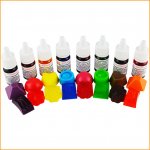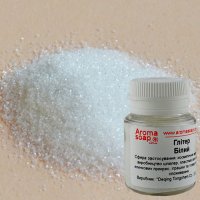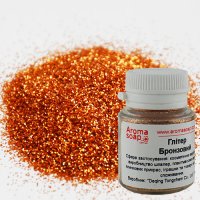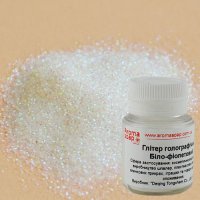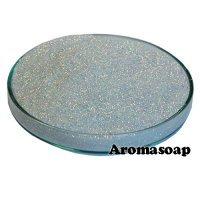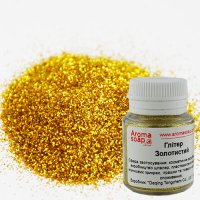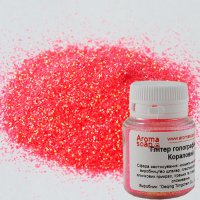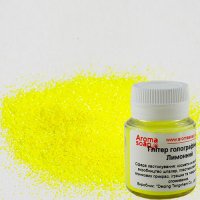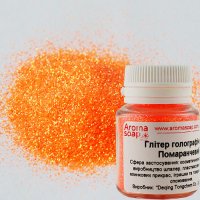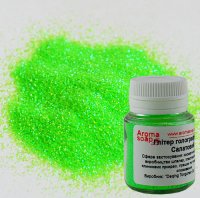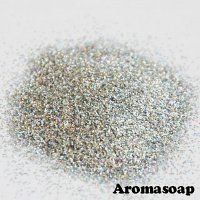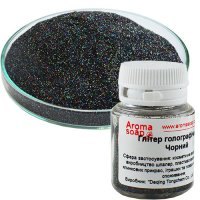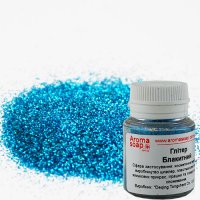Dyes, glitters, pigments
In order for your creative works to be full of bright colors, we advise you to buy soap dyes, pigments, glitters and sequins. You will find a large selection of dyes on the pages of the Aromasoap handicraft website.
TYPES OF LIQUID AND DRY DYES FOR SOAP
As you know, soap dyes are divided into several groups, each of which has its own characteristics. The “Everything for Soap Making” store offers several types of soap dyes and they are all compactly arranged in sections:
- water-soluble dyes
- fat-soluble dyes
- pigments
- glitters (decorative sparkles).
In addition, soap dyes are divided into dry, paste and liquid, which in turn are divided into fat- and water-soluble. All this will color the soap in the desired color, enhance the effect of the fluorescent abilities and shimmering features of mother-of-pearl and sparkles. However, all dyes have their own nuances and should be taken into account when making a choice.
LIQUID FAT AND WATER-SOLUBLE DYES IN SOAP MAKING
Liquid fat-soluble dyes for soap are ready-to-use pigments dissolved in glycerin. The advantage of fat-soluble dyes is that they do not migrate and are economical in consumption. Minor disadvantages include the clouding properties of the soap base; in transparent bases it is preferable to use pigments. Liquid water-soluble soap dyes are ready-to-use dyes that do not cloud the soap base. It is worth buying super-concentrated liquid food dyes for soap for a one-color product, or in cases where migration of dyes is not a problem, because Over time, this type of paint erases the clear boundaries between multi-colored layers.
DRY PIGMENTS, DYES AND GLITTERS IN HANDMADE PRODUCTS
Dry dyes include pigments, titanium dioxide and multi-colored sparkles (glitters). Pigments, in turn, are divided into color rendering groups: fluorescent pigments, neon pigments, pearlescent pigments, etc. All these paints must be mixed in base oil or glycerin before being added to the soap base. The advantage of pigments is that they are a non-migrating type of dye. With such dyes you can create complex multi-color soap products. Minor disadvantages of pigments include their ability to slightly cloud the soap base, so it is recommended to use pigments to color a transparent soap base. Titanium dioxide is a powdery substance used to color soap base white. Like all powdered dyes, titanium dioxide should be diluted in glycerin or base oil before adding to the soap base. Glitter is not a dye, but a decorative, crushed film of foil of different colors, made in the form of circles, stars, hearts, flowers and simply fine powder. Glitter does not color the soap base; it adds an attractive shine and chic to the finished product. Glitter is used not only in soap, but also in candles, paper decorations, gel air fresheners, etc. Choose the desired color and type of dyes and create unsurpassed masterpieces with your own hands.

